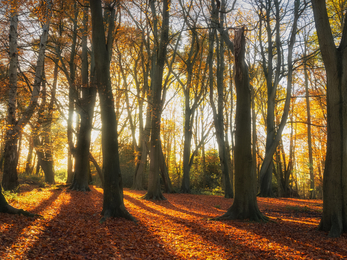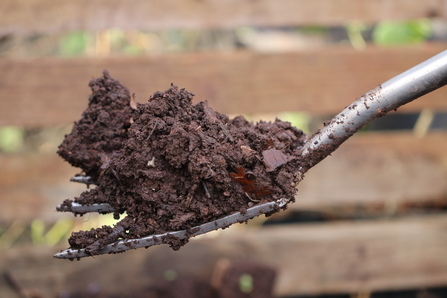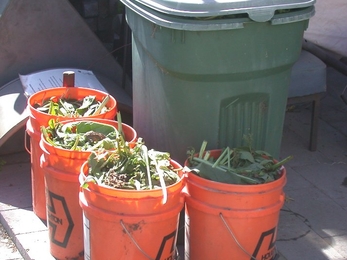Whenever I venture into a woodland, park or garden in spring, I enjoy noticing how almost all the fallen leaves have ‘magically’ disappeared back into the soil. The earth worms and other ‘decomposers’ have been busy recycling nutrients, literally feeding the trees ready for another growing season.
In our gardens and allotments, we replicate these natural processes when composting. It might not sound very exciting but by just making some compost at home we can do a lot for the environment. Home grown compost not only helps our plants grow, but cares for the soil and converts ‘green waste’ into low mileage, plastic free, nutrient rich compost – all for free!










